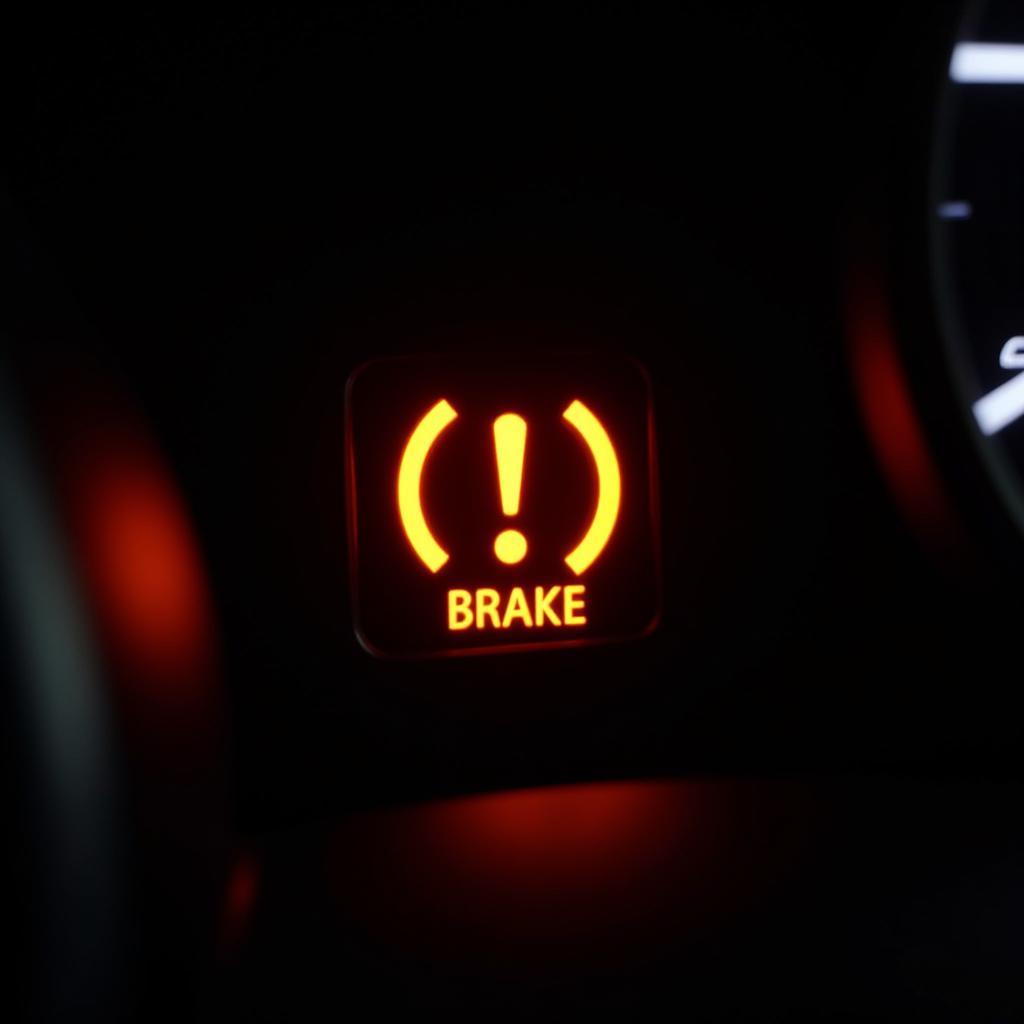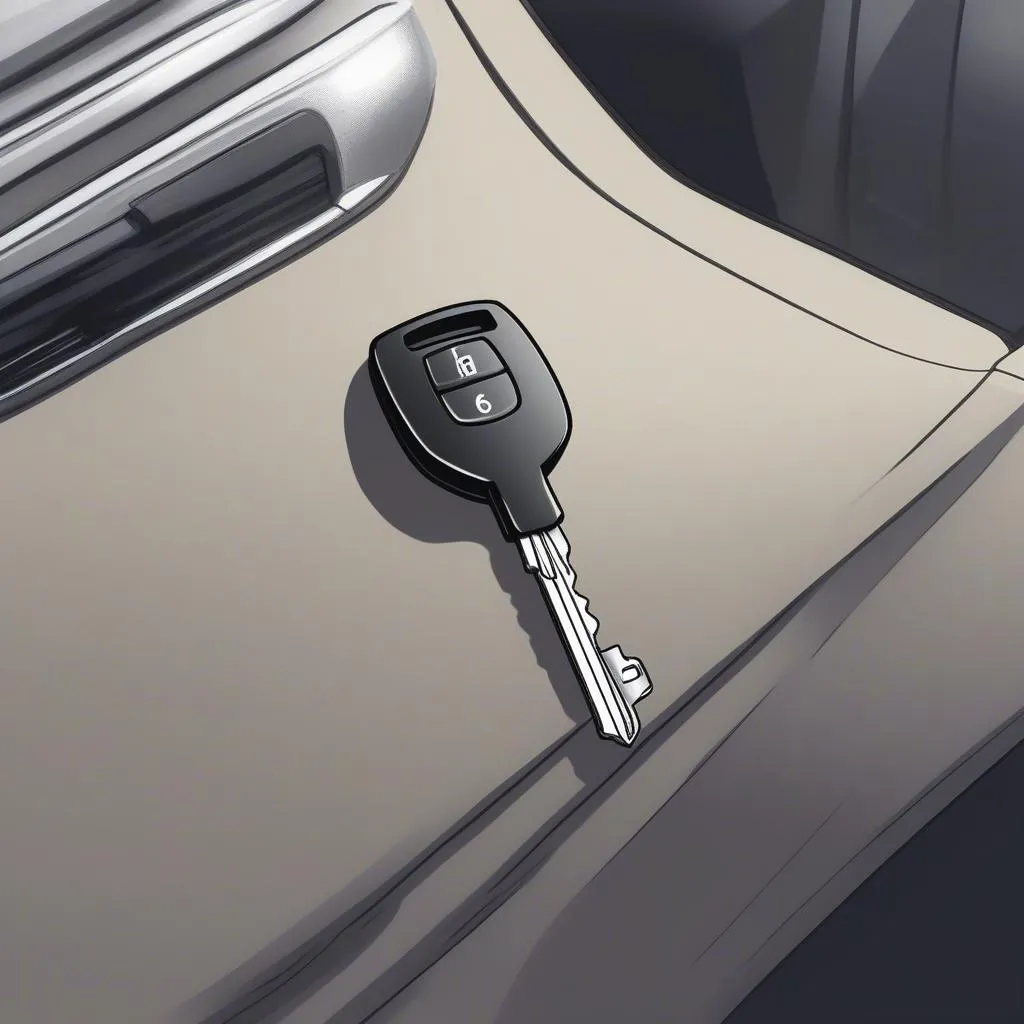My truck battery died this morning. Sound familiar? A dead battery is a common problem, especially in trucks, and can be caused by a variety of factors. This article provides a comprehensive guide to troubleshooting a dead truck battery, from identifying the cause to implementing solutions, including remote diagnostics and software solutions.
Why Did My Truck Battery Die?
Several reasons can contribute to a dead battery. Understanding the root cause is essential for effective troubleshooting and preventing future occurrences. Some common culprits include:
- Age: Batteries have a limited lifespan, typically 3-5 years. As a battery ages, its ability to hold a charge diminishes.
- Parasitic Drain: Even when your truck is off, certain electrical components, like the radio or interior lights, can draw power, slowly draining the battery.
- Extreme Temperatures: Both extreme heat and cold can stress a battery, reducing its performance and lifespan.
- Faulty Alternator: The alternator recharges the battery while the engine is running. A malfunctioning alternator can prevent the battery from receiving a proper charge.
- Corrosion: Corrosion on the battery terminals can disrupt the flow of electricity, leading to starting problems.
- Leaving Lights On: Accidentally leaving headlights or interior lights on overnight is a common cause of a dead battery.
If your car battery dies in accessory mode, it could be draining faster than normal. You can learn more about this issue at car battery dies in accessory mode.
How to Troubleshoot a Dead Truck Battery
Checking the Battery
- Visual Inspection: Examine the battery for any signs of physical damage, cracks, or leaks. Also, check for corrosion on the terminals.
- Voltage Test: Use a multimeter to check the battery’s voltage. A fully charged battery should read around 12.6 volts.
- Load Test: A load test checks the battery’s ability to hold a charge under stress. This test can be performed at most auto parts stores.
Checking the Alternator
- Voltage Test: With the engine running, the alternator should output around 14 volts. A lower voltage indicates a potential alternator problem.
- Warning Light: If the battery or charging system warning light is illuminated on your dashboard, it could indicate an alternator issue.
“A failing alternator is a silent battery killer,” explains John Davis, a certified automotive technician with 20 years of experience. “Regularly checking your alternator’s output is crucial for maintaining a healthy battery.”
Solutions for a Dead Truck Battery
Jump Starting
If your battery is simply discharged, jump-starting can get you back on the road. Follow these steps carefully:
- Connect the positive (red) cable to the positive terminal of the dead battery.
- Connect the other end of the positive (red) cable to the positive terminal of the booster battery.
- Connect the negative (black) cable to the negative terminal of the booster battery.
- Connect the other end of the negative (black) cable to a clean, unpainted metal surface on the dead vehicle’s engine block, away from the battery.
- Start the booster vehicle and let it run for a few minutes.
- Attempt to start the dead vehicle.
- If the vehicle starts, carefully disconnect the cables in the reverse order of connection.
Knowing what to do if your car won’t start is crucial. Check out our guide on what to do if car wont start.
Battery Replacement
If your truck battery is old or failing, replacement is the best option. Be sure to choose a battery that matches your truck’s specifications.
If you’re unsure if your battery will recharge after dying, visit our article: if my car battery dies will it recharge. This resource offers in-depth information on battery recharging. For those struggling with a vehicle that unexpectedly died and won’t start, we recommend our detailed guide: car died and wont start.
Remote Diagnostics and Software Solutions
In modern vehicles, remote diagnostics and software solutions can often pinpoint the root cause of a dead battery. These tools can identify parasitic drains, alternator issues, and other problems that traditional methods may miss. “Remote diagnostics can save you time and money by quickly identifying the source of the problem,” adds Susan Miller, an electrical engineer specializing in automotive systems. “This technology allows for faster and more precise repairs.” For those experiencing brake warning light issues on a Ford Excursion, consult our specialized guide: brake warning light on ford excursion.
Conclusion
A dead truck battery can be a frustrating experience. By understanding the potential causes and utilizing the troubleshooting steps outlined in this article, you can quickly identify and resolve the issue. Remember to prioritize regular battery maintenance and consider utilizing remote diagnostics for a more comprehensive analysis of your truck’s electrical system. Don’t let a dead battery leave you stranded.
FAQ
- How often should I replace my truck battery?
- Can I jump-start my truck battery from a car battery?
- What are signs of a failing alternator?
- How can I prevent my truck battery from dying?
- Is it safe to jump-start a truck battery in the rain?
- What should I do if my truck battery keeps dying?
- How can remote diagnostics help with a dead battery?



